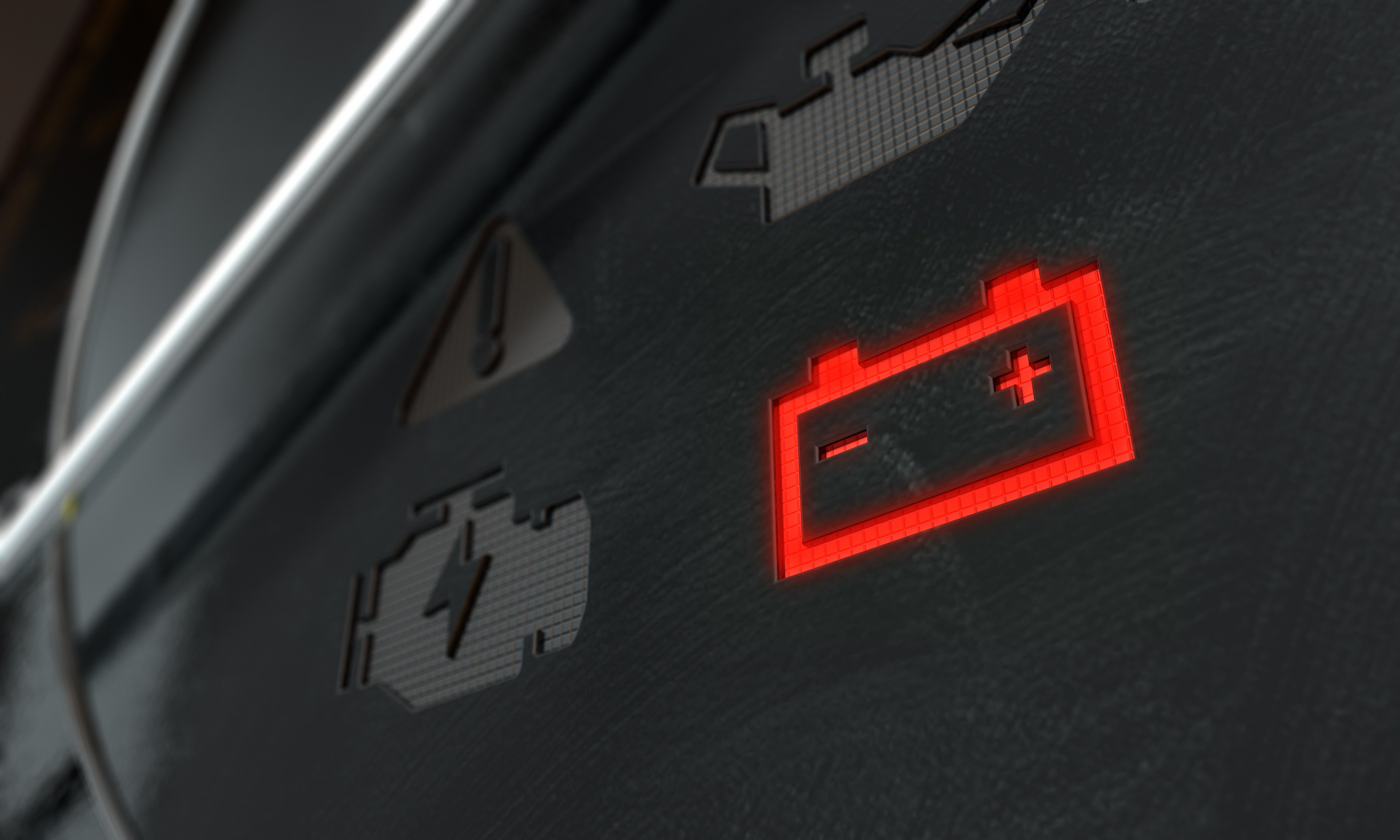Understanding What Causes Corrosion on Battery Terminals
Quick Answer: Battery terminal corrosion occurs when hydrogen gas from the battery's chemical reaction combines with other elements in the air, creating corrosive compounds. This natural process speeds up in high temperatures and can prevent proper electrical flow if left unchecked.
Table of Contents
When you lift your car's hood and notice a crusty, bluish-white corrosion around your battery terminals, you're looking at battery corrosion – a common but troublesome issue that can leave you stranded with a car that won't start. This terminal corrosion interferes with the electrical connection between your car battery and vehicle, potentially affecting everything from engine starting to the proper function of your car's electrical systems.
In this guide, you'll learn what causes corrosion, how to spot early warning signs, and the steps to fix and prevent this problem. The most common indicators include:
- Visible powder-like buildup around battery terminals
- Slow engine cranking
- Electrical system issues
- Dimming headlights
Understanding these signs helps you catch battery terminal corrosion early, saving you from unexpected breakdowns and costly repairs.
The Science Behind Battery Terminal Corrosion
The chemical reactions behind battery terminal corrosion begin inside your car’s lead-acid battery. As the battery charges and discharges during normal operation, a reaction between the lead plates and sulfuric acid releases hydrogen gas. This gas can escape through small vents in the battery casing and react with air and moisture, forming corrosive compounds. These compounds build up on the battery terminals and interfere with the electrical connection, which can impact starting, lighting, and other essential functions.
While copper from your battery cables can oxidize and form colored corrosion like copper sulfate, most terminal corrosion occurs when acid vapors react with the lead posts or terminals. This is especially common where dissimilar metals—such as lead and copper—meet, accelerating the corrosion process. The result is a powdery, crusty buildup around the terminals and cable ends, often bluish-white or green in color, that should be addressed quickly to prevent electrical issues.

Prevention Techniques
Regular maintenance helps prevent battery terminal corrosion before it starts. Plan to inspect your car battery connections every 3-4 months, or more frequently in humid climates. During these checks, look for early signs of corrosion like white, green, or blue powder around the metal terminals.
Protective Products
Several affordable products can create a barrier against terminal corrosion.
- Battery terminal protectors slip over your connections and shield them from battery acid exposure.
- Anti-corrosion washers made of felt or fiber sit between the terminal and battery cable, absorbing any sulfuric acid that might seep out.
- A coating of dielectric grease provides an additional protective layer - just make sure to apply it to clean terminals.
Installation Best Practices
When installing a new battery, start with spotless surfaces. Use a wire brush to remove any existing corrosion or oxidation from both the battery posts and cable connectors. Aim for a snug connection when tightening terminals - too loose causes corrosion to form, while too tight can damage the battery. Check that your battery has proper airflow around it, as high temperatures can increase acid vaporization.
Monitoring Battery Health
Regular voltage testing helps catch electrical problems early. A healthy battery should read between 12.4-12.7 volts when fully charged. Consider using a basic load tester to check your battery's performance - this can reveal weakening batteries before they fail. Watch for warning signs like:
- Slow engine cranking
- Dimming headlights
- Need for frequent jumping
These may indicate your battery life is declining and more likely to develop corrosion issues.
By following these preventive steps and staying alert to changes in your electrical system's performance, you can significantly reduce corrosion problems and extend your battery's lifespan. Remember to always wear gloves and eye protection when working with lead acid batteries.
Step-by-Step Corrosion Removal Guide
Safety Preparations
Before tackling battery terminal corrosion, gather your supplies and set up a safe workspace. You’ll need:
- A wire brush
- Baking soda
- Water
- A cleaning rag
- Protective gloves
- Safety goggles
Work in a well-ventilated area with a clean, dry surface. Put on your protective gear - the battery acid can irritate skin and eyes, while the cleaning process might create splashes.
Cleaning Process
Start by identifying the negative terminal (marked with a minus sign) and disconnect it first, followed by the battery cable on the positive terminal (marked with a plus sign). This order prevents any electrical problems. Once disconnected, check the severity of terminal corrosion on both metal terminals and cable ends.
- Mix a paste using baking soda and water - this causes a chemical reaction that neutralizes the corrosion.
- Apply the paste generously to the corroded battery terminals. You’ll notice it fizzing as it reacts with the battery acid.
- Using your wire brush, scrub the terminals and cable ends thoroughly.
- For stubborn buildup, let the paste sit for 5 minutes before scrubbing.
You can also use commercial battery cleaners, which often come with special brushes designed for terminal cleaning.

Post-Cleaning Steps
- After removing all visible corrosion, wipe everything down with a clean, dry rag. Look closely at the battery terminals and cable ends - they should appear silver and clean, with no green or white residue.
- Apply a thin coat of dielectric grease or petroleum jelly to help prevent future corrosion.
- Reconnect the battery in reverse order - positive terminal first, then negative.
- Make sure the connections are tight, but don’t overtighten. The terminals should not wiggle or move.
- Give the car battery a final wipe-down, and you’re ready to start your engine.
Remember to dispose of any rags or materials used during cleaning properly, as they may contain corrosive substances.
Keep Your Battery in Great Shape

Regular battery maintenance will protect your car battery from damaging corrosion buildup and extend battery life significantly. A monthly visual check of your battery terminals, combined with cleaning terminal corrosion at the first sign using a DIY baking soda solution, will prevent most serious electrical problems. Watch for bluish-green or white crusty deposits, as these are early warning signs that need attention.
While battery corrosion is a common issue you can handle at home, some situations call for an expert opinion. If you:
- Spot corroded battery terminals
- Notice your battery struggling to hold a charge
- See damage to the metal terminals, don't tackle it alone.
Tinker DIY's video consultation service connects you directly with professional mechanics who can examine your specific situation through your phone camera and guide you through safe battery maintenance steps. Whether you need a second opinion on cleaning methods or want confirmation you're using the right tools, our experts are ready to help you tackle battery terminal corrosion confidently from your own garage. Download the app today!


